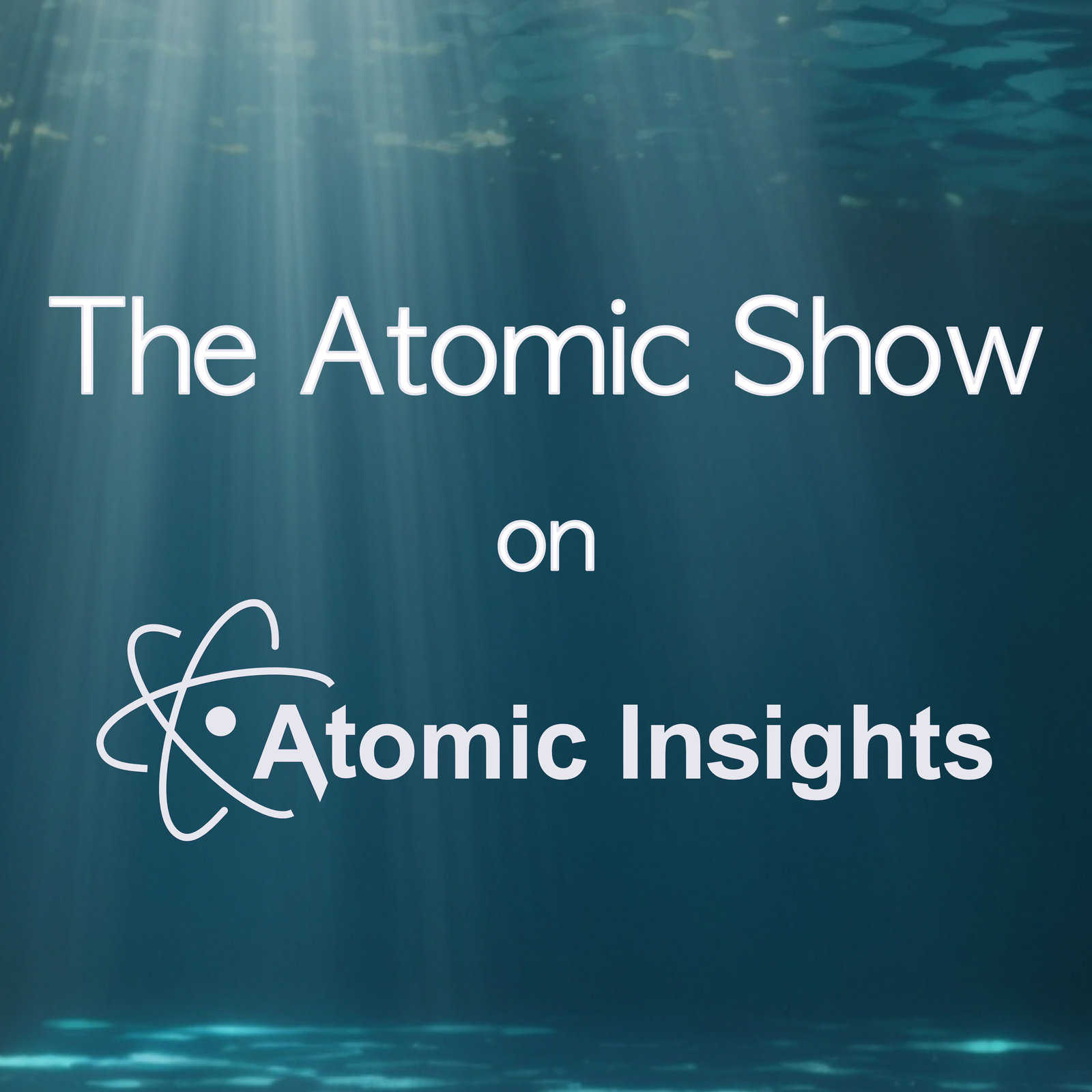Atomic Show #298 Marcus Seidl Researching small modular reactors near Hamburg, Germany

b'
\\nReactor Internals by Marcus Seidl
\\n
\\n
\\nMarcus Seidl is a German nuclear professional who received his PhD in nuclear physics in 2002, a year after his home country decided that it would exit nuclear energy in favor of investing in a large roll out of renewable energy sources.
\\n
\\n
\\n
\\nHe has worked for German utility companies, for a vendor erecting a state-of-the-art high neutron flux research reactor, and is now employed by PreusseneElektra as a nuclear physicist. He also teaches part time at Technische Universit\\xe4t M\\xfcnchen | TUM \\xb7 Department of Nuclear Engineering.
\\n
\\n
\\n
\\nDuring our discussion, any opinions he expressed were his alone. He does not represent his employers.
\\n
\\n
\\n
\\nAs a researcher, he recently started a project called Unique Safety Features and Licensing Requirements of Small Modular Reactors | Frontiers Research Topic (frontiersin.org). A self-described “traditional utility guy” he considers any reactor that generates considerably less than 4,000 MWth to be a smaller reactors.
\\n
\\n
\\n
\\nDuring our pre-show correspondence, Marcus shared the following commentary explaining his interest in researching safety and licensing of smaller reactors and reasons why they address particular challenges associated with conventional extra-large reactors.
\\n
\\n
\\n
\\n
\\nI am a traditional utility guy \\u2013 which means that every reactor which generates noticeably less than 4000MWth is a \\u201csmall\\u201d reactor. Especially in the US there is a distinction between small modular reactors, micro reactors and advanced reactors. From my perspective they are all \\u201csmall\\u201d. In part this adjective is also justified because most of these designs are expected to be mass produced or consist of prefabricated modules and hence cannot be of the same size as a traditional LWR.
\\n
\\n
\\n
\\nThe reason why I initiated the \\u2018special research\\u2019 topic: the issue of energy security and climate change are two important factors which currently favor nuclear: it is a compact source of energy (you can easily build up strategic fuel reserves) and it has a small CO2 footprint. So, why are we waiting? Why are there still doubts that nuclear power can help solve these issues? It is not the sole solution, it is not a silver bullet, but it can be part of the solution. From a conservative utility perspective traditional LWRs would be the most reliable bet. For some reasons big, complicated infrastructure projects are out-of-favor today. SMRs have many new design details and confidence must be built that they are safer, more reliable and easier to license.
\\n
\\n
\\n
\\nTherefore the \\u201cresearch topic\\u201d intends to put current research into perspective: we have great experience from many years of traditional LWR operation, we have learned from earlier, advanced reactor concepts and today we have many modern engineering tools. This should be a good basis to fulfill the promises of the next generation of reactors. In my opinion it is important to understand the history of reactor development, to demonstrate that compared to earlier designs and methods we justifiably can be more confident to bring the technology to its next level. And SMRs are not just scaled down versions of bigger plants. They are small in order to make the core damage frequency much smaller than that of their bigger brothers.
\\n
\\n
\\n
\\nAs a scientist I am a fan of radical honesty and transparency: reactors are just machines which are an optimized solution for a specific problem. Certainly,'